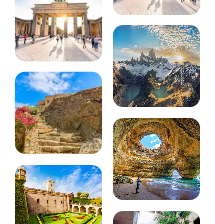14 must-see museums in Rome
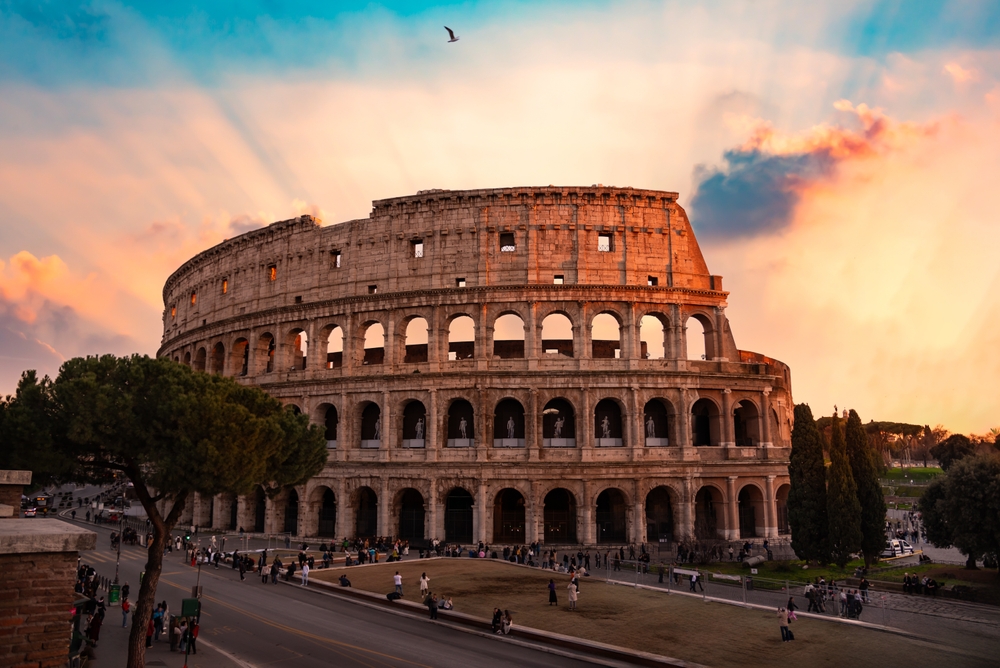
Rome, eternal city and open-air museum, is home to some of the most prestigious museums in the world. From ancient remains to masterpieces and exceptional collections, the Italian capital offers a rich cultural heritage. Discover the 14 must-see museums that will make your stay in Rome an unforgettable experience, from the famous Vatican museums to hidden treasures such as the Centrale Montemartini.
200 audioguided tours for cities all around the world
Download1. The Vatican Museums – The Papal Treasure
The Vatican Museums (Viale Vaticano, 00165 Rome, rated 4.4/5 on Google out of 155,000 reviews) are one of the most extraordinary museum complexes in the world. These 12 museums bring together the collections accumulated by the popes since the Renaissance, stretching over almost 7 kilometres of galleries. The highlight of the visit is undoubtedly the Sistine Chapel, with its frescoes by Michelangelo, but don’t miss Raphael’s chambers, the Map Gallery and the Pinacoteca either. To get the most out of your visit to Rome, these museums deserve at least half a full day.
Also read the Rome guide:
- Rome’s culinary specialities
- The best hotels in Rome
- Things to do in and around Rome
- Free activities and visits in Rome
- Trevi Fountain in Rome
- Natale di Roma: come and celebrate Rome’s birthday!
- St Peter’s Square in Rome, the Vatican’s most famous square
2. Capitol Museums – The oldest public museums in the world
Founded in 1471, the Capitoline Museums are the oldest public museums in the world. Divided between the Palazzo dei Conservatori and the Palazzo Nuovo, they house an exceptional collection of ancient art and Roman sculptures. Here you can see the famous equestrian statue of Marcus Aurelius, the Capitoline She-wolf (the symbol of Rome) and the stunning collection of busts of Roman emperors. The terrace also offers a breathtaking view of the Roman Forum. These museums are a must if you want to understand the history of ancient Rome while following theNavaway itinerary.
3. The Borghese Gallery – Rome’s artistic showcase
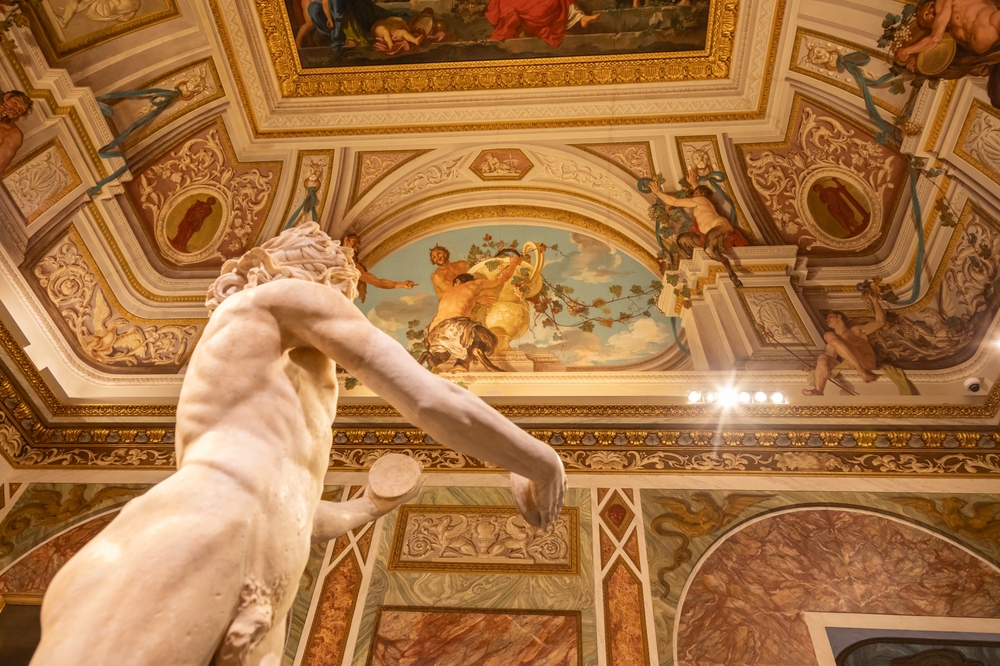
Housed in the sublime Villa Borghese in the heart of the eponymous park, the Galleria Borghese (Piazzale Scipione Borghese, 5, 00197 Rome, rated 4.6/5 on Google out of 18,000 reviews) is one of the finest museums in Rome. This private collection, assembled by Cardinal Scipione Borghese in the 17th century, includes masterpieces by Bernini, Caravaggio, Titian and other Renaissance and Baroque masters. The sculptures of Apollo and Daphne and Paulina Borghese are among the most admired. The fact that booking is compulsory and the visit lasts a maximum of two hours makes this experience even more precious.
Download the audio-guided tour to discover Rome on foot and on your own
Explore Rome like never before with our audioguide tour itinerary. This intelligent itinerary takes you through 23 of the Italian capital’s major landmarks, from the Colosseum to the Vatican and the hidden treasures of Trastevere. Let our historical explanations, captivating anecdotes and practical tips guide you on an independent and rewarding discovery of the Eternal City.
4. Castel Sant’Angelo – Fortress turned museum
Originally built as a mausoleum for the emperor Hadrian in the 2nd century, Castel Sant’Angelo (Lungotevere Castello, 50, 00193 Rome, rated 4.3/5 on Google out of 14,500 reviews) has changed function over the centuries: mausoleum, papal fortress, prison and now museum. Its strategic position on the banks of the Tiber and its connection with the Vatican via the covered passageway make it a privileged witness to Roman history. The richly decorated papal flats, the collection of ancient weapons and the panoramic terrace with views of St Peter’s are well worth a visit. An audio guide will help you fully appreciate the 2,000-year history of this exceptional building.
5. The Roman National Museum – Palazzo Massimo

The Palazzo Massimo (Largo di Villa Peretti, 2, 00185 Rome, rated 4.4/5 on Google out of 3,200 reviews) is the headquarters of the Roman National Museum and houses one of the finest collections of ancient art in the world. Spread over four floors, it features sculptures, frescoes, mosaics and objets d’art dating from the Republican to the late Imperial periods. The frescoes from Livia’s villa and the polychrome mosaics are among the most remarkable pieces. The museum offers a comprehensive overview of Roman decorative art, and is an ideal complement to the city’s archaeological sites for anyone wishing to visit Rome in depth.
6. MAXXI – National Museum of 21st Century Art
Designed by architect Zaha Hadid and inaugurated in 2010, the MAXXI (Via Guido Reni, 4a, 00196 Rome, rated 4.1/5 on Google for 5,800 reviews) represents architectural modernity in the heart of Rome. This revolutionary museum, dedicated to contemporary art and architecture, offers international temporary exhibitions and a permanent collection of contemporary works. The building’s fluid, innovative architecture is a work of art in itself. The MAXXI offers a striking contrast with traditional Roman museums, and bears witness to the contemporary artistic vitality of the Italian capital.
7. The National Gallery of Modern Art (NGMA)
Located in the Villa Borghese, the National Gallery of Modern Art (Viale delle Belle Arti, 131, 00197 Rome, rated 4.2/5 on Google for 1,800 reviews) presents Italy’s most important collection of modern and contemporary art. Founded in 1883, it traces artistic development from the 19th to the 21st century through paintings, sculptures and installations. The collection includes works by Cézanne, Monet and Van Gogh, as well as major Italian artists such as De Chirico, Balla and Fontana. The collection provides an insight into the development of modern Italian art and its links with European trends, offering a unique perspective on contemporary Italian creativity.
8. Villa Giulia – National Etruscan Museum
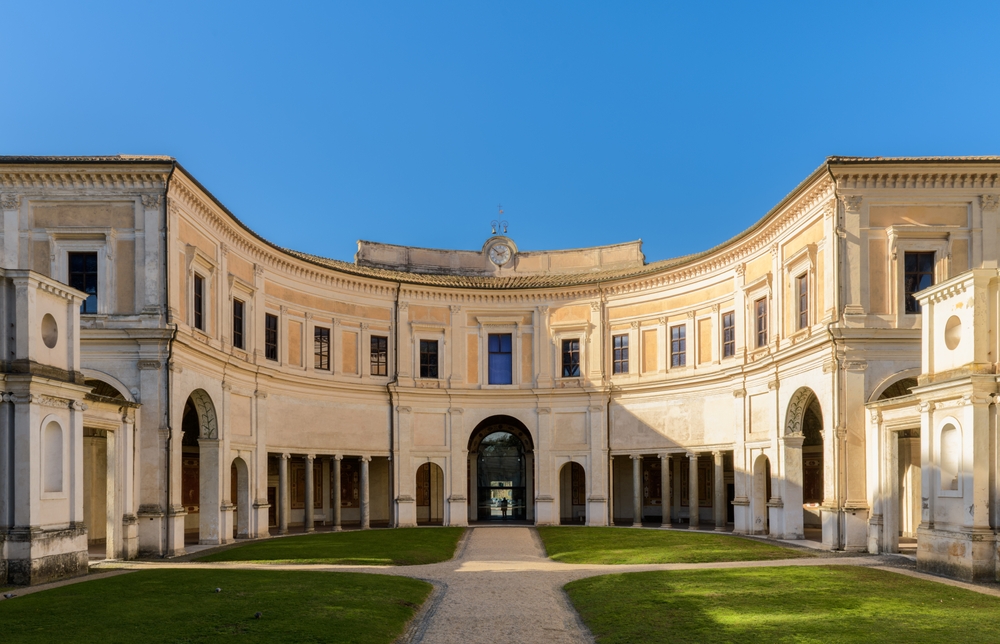
Villa Giulia (Piazzale di Villa Giulia, 9, 00196 Rome, rated 4.3/5 on Google out of 2,400 reviews) is home to the most important Etruscan museum in the world. This elegant Renaissance villa, built for Pope Julius III, boasts an exceptional collection of Etruscan and Faliscan art. The museum’s highlights include the famous sarcophagus of the Bride and Groom of Cerveteri, exquisite gold jewellery and frescoes from the painted tombs of Tarquinia. This visit is a great way to discover the civilisation that preceded Rome and to appreciate the artistic wealth of pre-Roman Italy, making it the perfect complement to the traditional Roman museums.
9. Palazzo Altemps – Ancient sculptures
The second home of the Roman National Museum, Palazzo Altemps (Piazza di Sant’Apollinare, 46, 00186 Rome, rated 4.3/5 on Google out of 1,900 reviews) specialises in antique sculptures and historic private collections. This Renaissance palace near the Pantheon features sculpted masterpieces such as the Ludovisi Throne, the Hermes Altemps and magnificent carved sarcophagi. The palace’s Renaissance frescoes create a sumptuous setting for these antiquities. The inner courtyard, with its ornate loggias, provides an exceptional architectural backdrop for the works on display. This lesser-known museum is well worth a visit for its high-quality collection and refined atmosphere.
10. The Baths of Diocletian
The third site in the Roman National Museum, the Baths of Diocletian (Viale Enrico de Nicola, 79, 00185 Rome, rated 4.2/5 on Google out of 2,100 reviews) bear witness to the grandeur of Roman public baths. These baths, the largest in ancient Rome, could accommodate up to 3,000 people at a time. Now transformed into a museum, they boast a remarkable collection of epigraphy, sculptures and objects from everyday Roman life. The Basilica of Santa Maria degli Angeli, built by Michelangelo in the former Cold Room, is a testament to the creative reuse of ancient monuments. This tour will help you understand the importance of the thermal baths in Roman society, while admiring the monumental architecture of antiquity.
11. Crypta Balbi – Urban archaeology
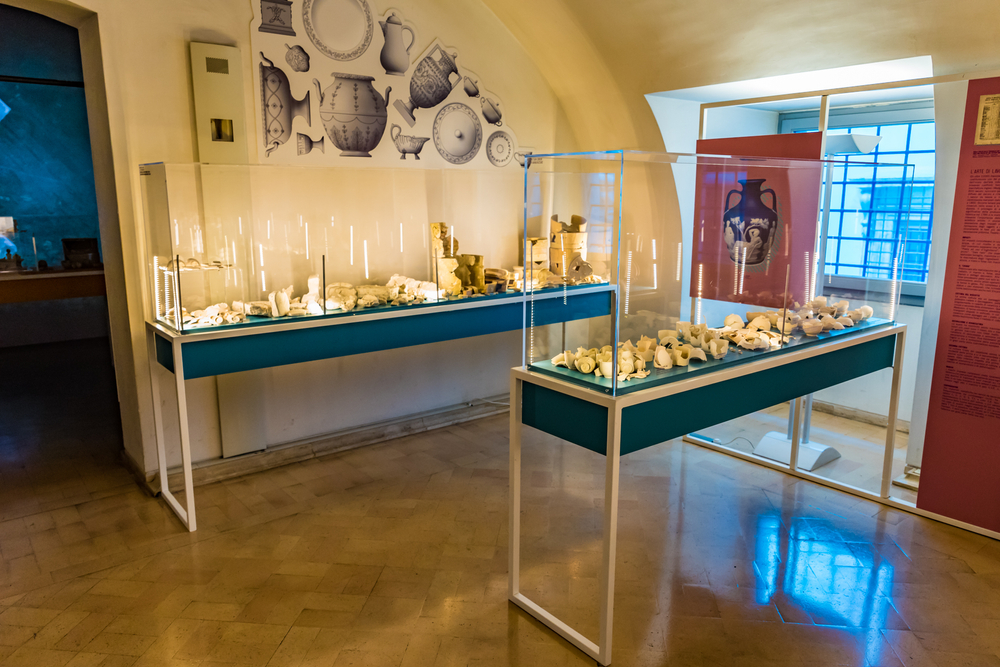
The fourth site of the Roman National Museum, Crypta Balbi (Via delle Botteghe Oscure, 31, 00186 Rome, rated 4.1/5 on Google for 850 reviews) is a unique example of an urban archaeology museum. Built on the remains of Balbus’ theatre (13 BC), the site traces 2,000 years of Roman history through various archaeological layers. The museum presents the development of the district from Antiquity to the Middle Ages, illustrating the urban transformations of Rome. Everyday objects, medieval ceramics and local crafts offer a unique perspective on the social history of the Eternal City.
12. Villa Farnesina – Renaissance frescoes
Located in the Trastevere district, Villa Farnesina (Via della Lungara, 230, 00165 Rome, rated 4.4/5 on Google out of 1,200 reviews) is one of the finest examples of a Renaissance villa in Rome. Built in the early 16th century for the banker Agostino Chigi, it houses exceptional frescoes by Raphael, Sebastiano del Piombo and Baldassarre Peruzzi. The loggia of Psyche with frescoes by Raphael and the Galatea Room are the highlights of the visit. This villa bears witness to the artistic refinement of the Roman Renaissance and the wealth of the patrons of the time. A visit here is the perfect complement to a visit to the charming Trastevere district.
13. Villa Medici – Académie de France
Perched on the Pincio hill, the Villa Medici (Viale della Trinità dei Monti, 1, 00187 Rome, rated 4.3/5 on Google for 2,800 reviews) has been home to the Académie de France in Rome since 1803. This prestigious institution, created by Louis XIV, enables young French artists to complete their training in the Eternal City. The gardens offer an exceptional panoramic view of Rome, while the historic flats and studios bear witness to the French artistic tradition in Rome. Special tours enable visitors to discover the collections, gardens and history of this two-hundred-year-old institution. The villa regularly holds temporary exhibitions showcasing the work of its current residents.
14. The Montemartini Power Station – Antique and industrial art
One of a kind, the Centrale Montemartini (Via Ostiense, 106, 00154 Rome, rated 4.4/5 on Google out of 3,500 reviews) presents a revolutionary scenography by exhibiting antique sculptures in a former power station dating from the early 20th century. This annex of the Capitoline Museums creates a striking contrast between the age-old marble and the industrial machinery. The Roman statues, usually displayed in classical settings, take on a new dimension in this industrial environment. This original setting, initially temporary, has won over the public and is now a permanent museum not to be missed for anyone looking for an innovative approach to ancient art.
In conclusion, Rome offers an exceptional diversity of museums to suit all tastes and curiosities. From the must-see Vatican Museums to more confidential discoveries such as the Crypta Balbi, each institution tells a different facet of the Eternal City’s thousand-year-old history. To make the most of your discovery of these cultural treasures, don’t hesitate to follow the Navaway tour itinerary, which will intelligently guide you through the wonders of Rome, allowing you to alternate visits to museums and discover the emblematic monuments of the Italian capital.
Frequently asked questions
What museums in Rome are free?
Several Roman museums offer free admission on the first Sunday of every month, including the Capitoline Museums, Castel Sant’Angelo and the sites of the Roman National Museum. St Peter’s Basilica is free every day.
Do I need to book tickets for Rome’s museums in advance?
Booking is highly recommended, especially for the Vatican Museums, the Borghese Gallery (obligatory) and Castel Sant’Angelo. This avoids long queues and guarantees access on the dates you want.
How long will it take to visit Rome’s main museums?
Allow 3-4 hours for the Vatican Museums, 2 hours for the Borghese Gallery, 2-3 hours for the Capitoline Museums, and 1? to 2 hours for the other museums. By planning over several days, you can make the most of each visit without getting exhausted.
Are there passes for visiting several of Rome’s museums?
The Roma Pass offers free admission to the first two sites chosen and discounts on the following ones, plus free public transport. The combined ticket for the Roman National Museum gives access to all four sites (Palazzo Massimo, Palazzo Altemps, Baths of Diocletian, Crypta Balbi) for 48 hours.
200 audioguided tours for cities all around the world
Download